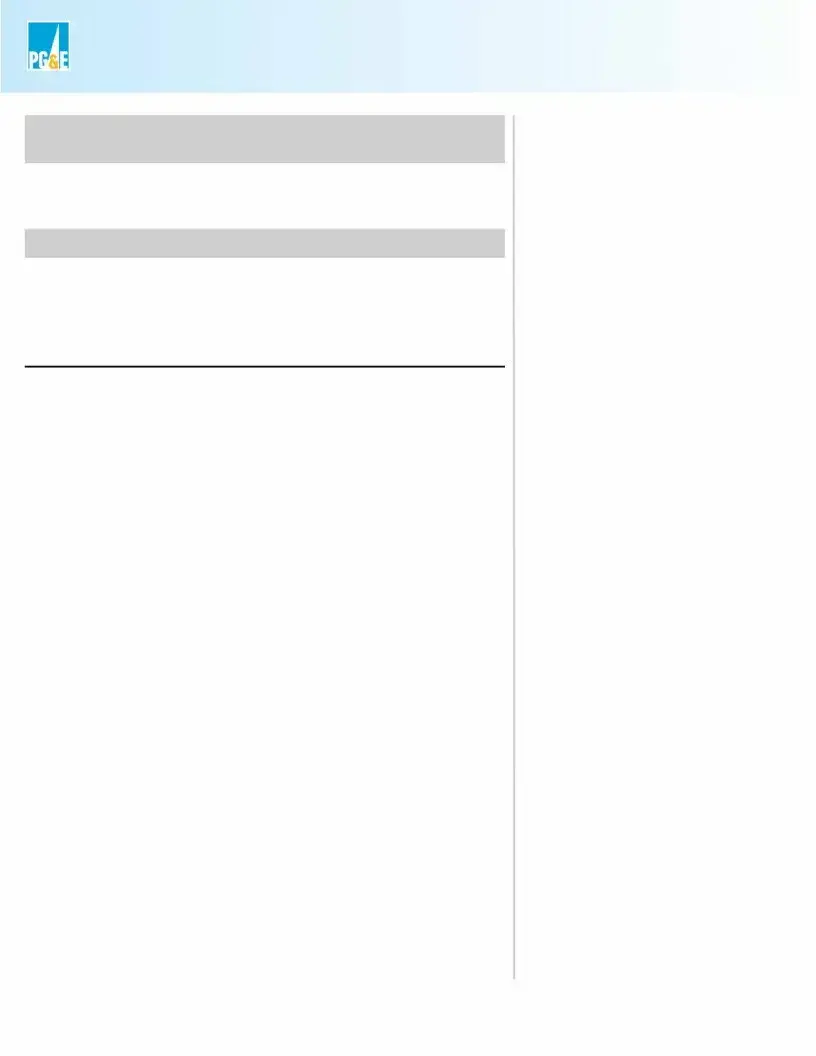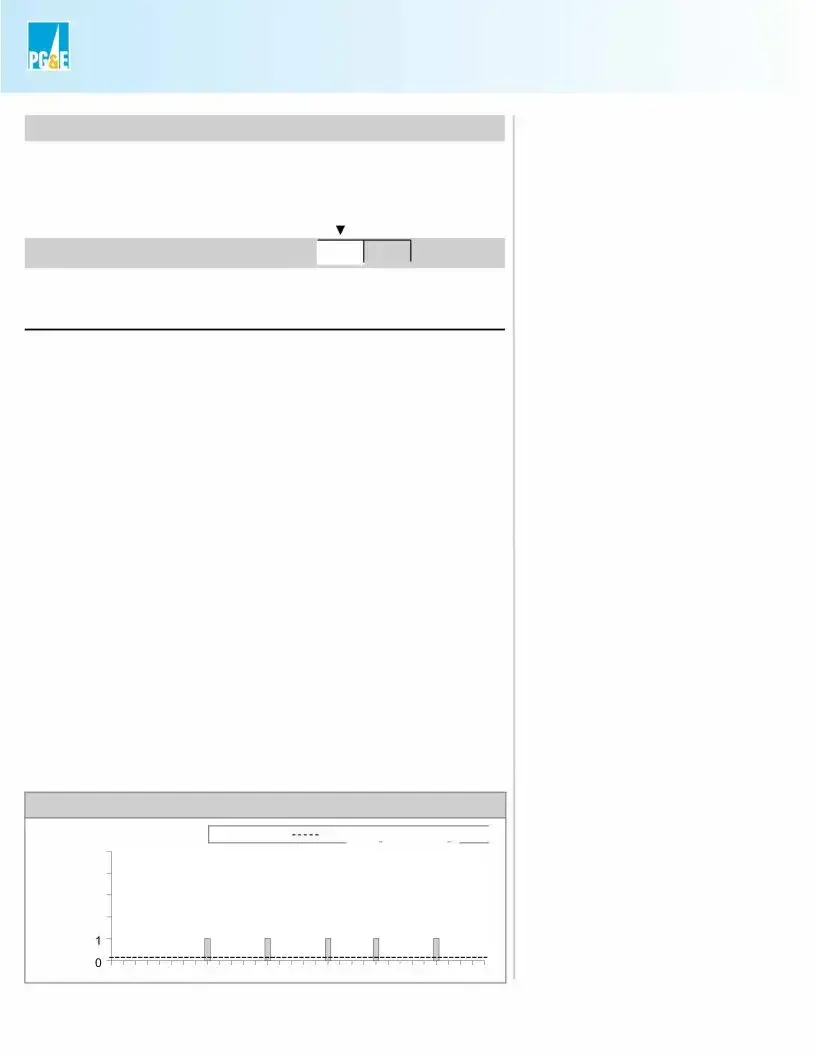What is a Utility Bill Form?
A Utility Bill Form is a document issued by a service provider, such as an electricity, water, gas, or telecommunications company, detailing the charges incurred by a customer within a billing period. It lists the amount of utility consumed, the rate charged, and any other applicable fees or taxes.
Why do I need a Utility Bill Form?
Utility Bill Forms are crucial for several reasons. Firstly, they provide a detailed account of your utility usage and expenses, helping you manage your monthly budget. Secondly, they are often required as proof of residence when applying for various services, such as banking, loans, or government documents.
How can I obtain my Utility Bill?
Utility Bills are typically sent directly by your service provider either through mail or electronically via email. Many providers also offer online platforms where you can create an account and access your bills anytime.
Can I dispute charges on my Utility Bill if they seem incorrect?
Yes, if you believe there has been an error in your bill, you can dispute the charges. It's advised to contact your utility provider directly to explain the situation. They can review your account details and consumption history to resolve any discrepancies.
What should I do if I can't afford to pay my Utility Bill on time?
If you're having trouble paying your utility bill, reach out to your service provider immediately. Many companies offer payment plans, extensions, or programs specifically designed to assist those in financial hardship. Ignoring the bill can lead to late fees, service disruption, and adversely affect your credit score.
Is it important to keep copies of my Utility Bills?
Yes, keeping copies of your utility bills is important. These documents serve as proof of your residence and utility expenses, which may be necessary for tax purposes, securing loans, or during disputes. It is recommended to retain bills for at least one year or as advised by a financial advisor.
Can someone else pay my Utility Bill on my behalf?
Yes, another person can pay your utility bill on your behalf. However, you might need to provide them with access to your billing information, or in some cases, formally authorize them through your utility provider, especially for online or phone payments.
What happens if I move to a new address?
If you move to a new address, you need to inform your utility providers to halt services at your old address and possibly set up services at your new address. Failure to do so may result in continued billing for services you're no longer using or a lack of essential services at your new home.






